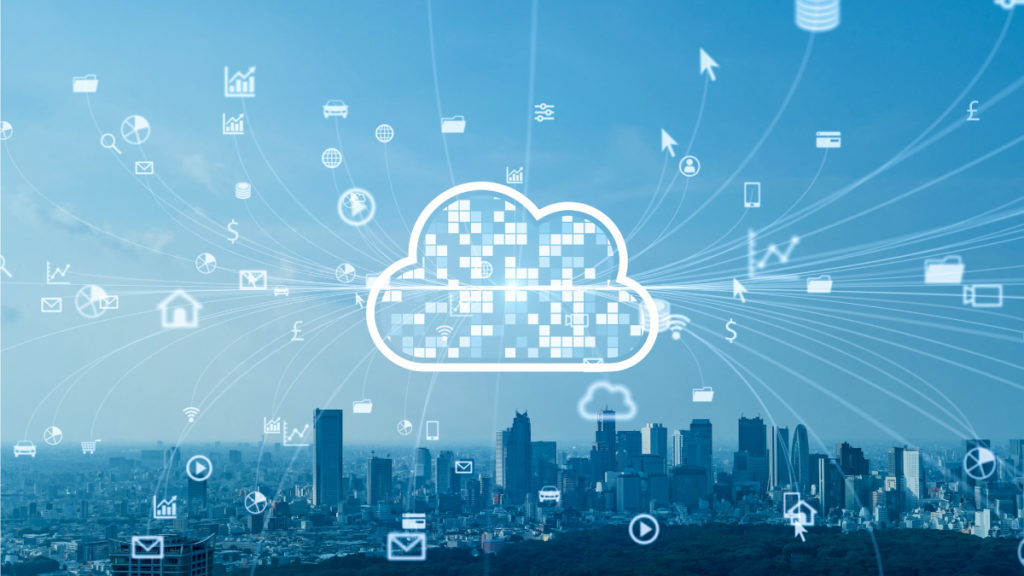Regardless of your industry, software-as-a-service (SaaS), communications, fintech, media & entertainment, transportation, etc., is your billing system and processes holding you back from reaching your revenue and profitability goals? If so, you’re not alone. Your billing management platform needs to support your monetization efforts, rather than be a hindrance. If you’re still relying on a rigid, in-house system and/or manual efforts, read on to see how a flexible billing platform can put you in control of revenue growth.
Business and Pricing Models: How They Affect Monetization
Let’s Talk Business Models
Business models are meant to create, deliver, and capture value. Whether you’re just starting out or have been in business a while, or run a small to medium-size business (SMB) or large enterprise, are your profits beginning to wane? Is customer churn on the rise, and have billing errors become a way of life? Your business and pricing models affect your monetization efforts. To illustrate, let’s look at one of the more complex business models – SaaS.
SaaS companies face unique obstacles that are inherent to the business model. Even with its challenges, it remains one of the most popular software-based business models – in fact, SaaS is projected to reach USD 716.52 billion by 2028. However, the commoditization of SaaS is creating a crowded playing field. Like any business model that has substantial growth, larger organizations use the situation to look for merger and acquisition opportunities. This means smaller (or underperforming) SaaS businesses are ripe for the picking.
Increasing competition also results in the need to quickly adopt new pricing models. While there are many pricing models to choose from, usage-based pricing continues to gain traction. A 2021 report by OpenView shows that 45% of SaaS companies have a usage-based component in their pricing model – a 2X increase in adoption compared to just four years ago. However, for some SaaS businesses, adopting usage-based pricing (or other pricing schemes) means reengineering their entire pricing model. This certainly isn’t an easy task by any stretch of the imagination.
Adopting and Launching New Pricing Models
If you want to rise above the competition, create customer loyalty, and increase profitability, you need to quickly develop and adopt new pricing models. To help you determine the model(s) that will enable better monetization of your offerings, here are some of the more popular ones that companies are successfully implementing:
- Flat-Rate Pricing: Offers a fixed set of features or services at a recurring price.
- Tiered Pricing: Provides a variety of plans that contain multiple products or features at a set monthly price.
- Usage-Based Pricing: Aligns price with usage such as pay-as-you-go, tiered, and volume.
- Per-User/Per-Unit Pricing: Charges are based on the number of users or units purchased.
- Hybrid Pricing: Combines any recurring and consumption-based pricing models, including subscription + one-time fees, subscription + pay-as-you-go, subscription + overage, and multi-part pricing.
- Dynamic Pricing: Provides the ability to create innovative pricing models like formula-based, time-based, demand-based, and event-based.
Adopting new pricing models requires an agile, cloud-based billing management platform that was built for today’s complex pricing schemes. With the right billing system you’ll have the ability to manage dynamic pricing for one-time charges, usage, subscription, overages, and minimum commitment. Additionally, the flexibility provided by an agile billing management platform enables you to generate additional revenue by applying surge/dynamic rating when capacity parameters result in pricing fluctuation. You can also develop innovative metered and usage-based pricing. While adopting the right pricing model(s) is a giant step in the right direction, if your billing management platform operates in isolation, you may fall short of reaching your monetization goals.
Create an Integrated Financial Ecosystem
Your order-to-cash processes need to work flawlessly to deliver the customer experiences that drive revenue and profitability. However, this can’t happen if your front- and back-office systems can’t share data. By connecting your billing management platform with other applications such as financials, customer relationship management (CRM), enterprise resource planning (ERP), business process management (BPM), robotic process automation (RPA), general ledger, tax solutions, etc., you’re able to automate the entire end-to-end billing and revenue management processes. By creating an integrated financial ecosystem you’ll have all the information needed to improve the customer experience, identify accounts at risk of non-payment, reduce revenue leakage, offer robust payment data security, reduce days sales outstanding (DSO), and speed the close process.
Monetize Your Offerings with an Automated Billing Management Platform
Are you ready to give monetization the boost needed to improve your profitability? An integrated cloud-based billing platform provides everything you need to easily automate the entire quote-to-cash process. With a billing system that supports any business model and any combination of one-time charges, subscription, consumption, or hybrid-based billing on a single platform you’ll be able to launch products, packages, and pricing models in hours – not days or weeks.
When you partner with BillingPlatform you get an agile, flexible, and automated billing management platform that was designed to solve today’s business problems, while giving you the ability to develop the creative pricing models of tomorrow. Let us give you a free software trial to see for yourself, or you can talk with our team of experts to learn more about our flexible platform today.


